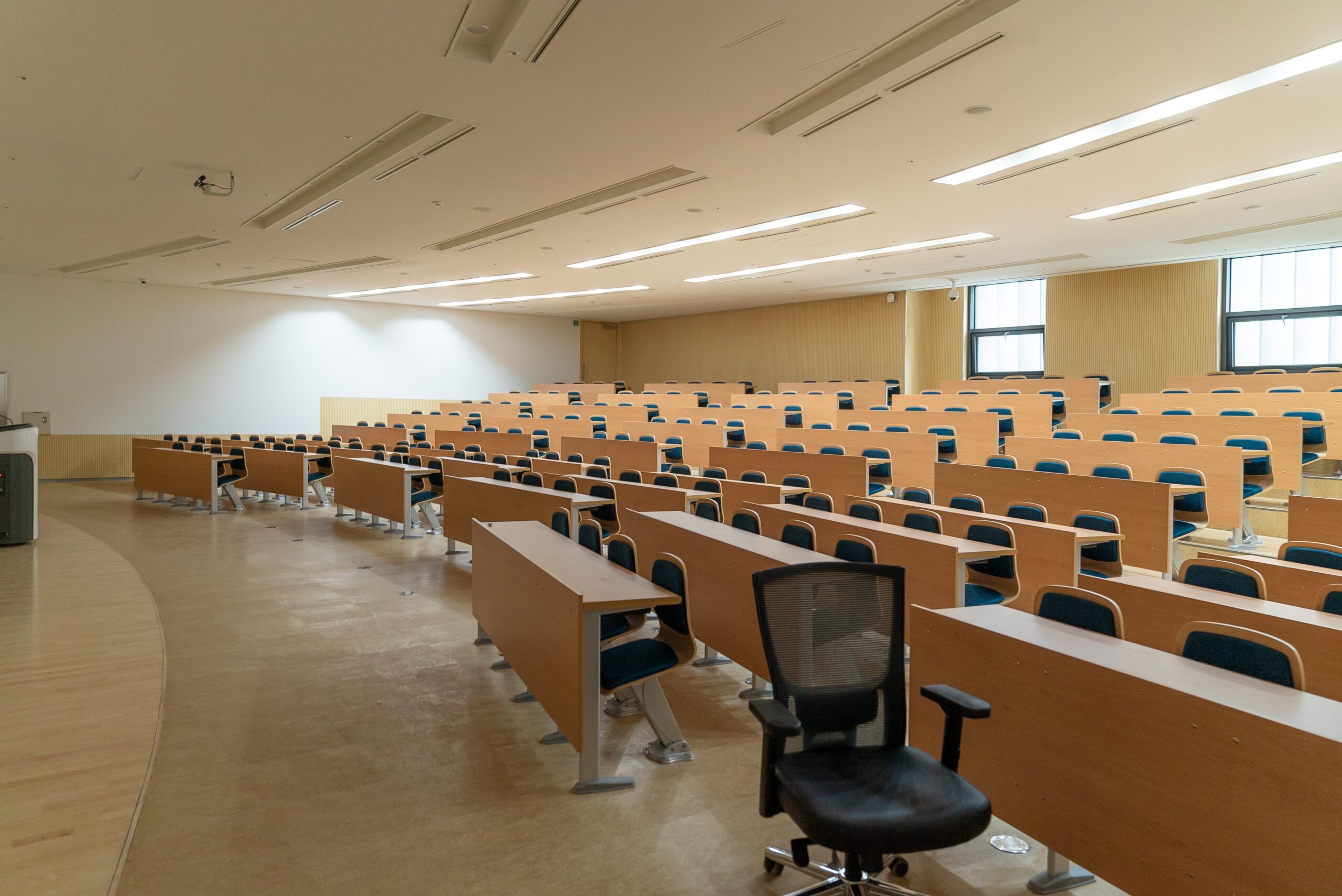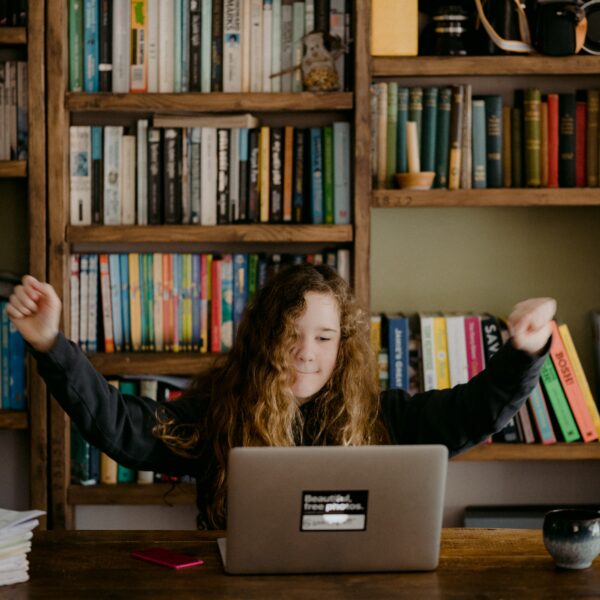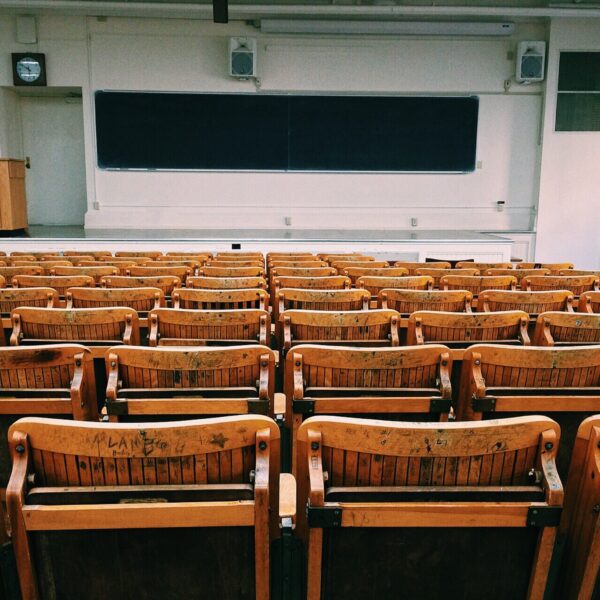An international pandemic, Coronavirus is changing and altering not just the way that we work, conduct daily activities, but also the way that our children are educated.
With remote home working enforced for employees where possible, students instead of sitting in a classroom surrounded by friends, instead sit in front of a laptop at their dining room table.
Lessons have now gone digital, with teachers preparing material for online classes. This change in the way that students are accessing information and material will revolutionise the education system forever.
Within this blog we will discover how the coronavirus has begun to reshape the education system and the benefits, if any, that can emerge from this natural disaster.
With new skills and adjustments in the way that students access materials, this flexibility has been appreciated by the UK Education Secretary Gavin Williamson, who thanked British teachers for their flexibility and resilience in these unprecedented times.
How COVID-19 has immediately changed the education system
When the Coronavirus outbreak first swept across Europe, the true effects of this virus and its ability to reach and wreck havoc amongst communities was not yet fully understood.
As pupils were sent home and instructed to begin homeschooling in early March, it was originally thought that this new twist on education would last only a few weeks, let alone a few months.
Automatically teachers and educational systems went into overdrive, setting up virtual classrooms and sharing essential resources digitally with their classes.
With the plan to continue the students’ education as unaffected as possible, whether learning alongside the class, or one to one with the teacher, the goal of home schooling during COVID-19 was to reduce the amount of the disruption caused during these unsure times.
The changing face of the education system?
Although the effects of this new strain of infectious disease originating in a wet market in China will prove to be more disastrous than we originally think and with its effects to still be witnessed in years to come, this moment of uncertainty could create a positive breaking point within the education systems.
With the traditional style of education featured within classrooms seemingly becoming out of date, through the creation of smart content and interactive apps for the benefit of the students, their overall experience and education can be greater than that of its predecessor.
Smart Content
One way that the education system has changed during the time of COVID-19 and that is the rapid creation of smart content. Created using workstations for media and entertainment, the development of paper textbooks and materials can be quickly transformed into digital, smart content. Interactive materials that can assist and guide students through the topic that they are learning, whether as text, audio, or moving images, this development of smart content can help transform and offer an interactive learning experience.
Smart content can also be seen in the use of robots to help create electronic lessons in line with the topic being covered within their curriculum. This ability to quickly create content that is of value can ensure that the students are continuing to learn regardless of how long the lockdown lasts.
Introduction of Artificial Intelligence
A regular feature within our lives. Whether the breaking sensors within our cars or the automation and recommended suggestions seen on our social media apps, we are more acquainted with artificial intelligence than we would originally think.
What has been achieved during the home schooling period during the coronavirus outbreak and that is the expansion of artificial intelligence within classrooms.
From primary school pupils to independent sixth form education, AI can help teach pupils through the use of the internet in replacement to face to face lessons. This can be created through pupils being able to answer and follow along to pre-recorded classes and communicate freely with the software available.
This can offer a personalised and individual experience, allowing the pupil to feel as if they are still within a classroom environment.
With the development of the ability of AI continually adjusting, the way that this technology can be harnessed will also adjust and could prove vital in educating students around the world. One added benefit of incorporating this technology into the classroom and that is the ability to offer a more personalised education experience.
Added personalization of classes
Through the rise of AI and the latest technology, one of the benefits emerging from the devastation that is coronavirus and that is the ability to create and offer a more personalised experience. With a free and direct communication between teachers and students, students can directly receive a more personalised lesson plan to their individual level and skill set.
Known as hyper personalization, this system developed through artificial intelligence can see and create material that is best suited to the skill set of the pupil. This can be achieved through analysing the child’s understanding, the method and style of learning best suited to their needs.
By offering a more personalised experience, no longer are students required to sit and study alongside 20+ pupils within their class. Instead, they can flourish and develop thanks to a more personalised experience. This change in learning experience offered can see a shift in passion and students taking ownership of their education, through the direct focus that they are given, in turn putting the student at the forefront of their own learning experience.
Added Fairness
Another way that coronavirus has reshaped the education system and that is the added fairness that it has brought. Benefiting and improving the education system in more ways than one, an extra element and that is added fairness.
With teachers being able to offer a unique, yet personal experience that benefits and can support the student in question, this can ensure that all pupils are treated equally and all have the chance to a fair and impartial schooling.
Regardless of the pupils relationship with the teacher or their ability to concentrate within the classroom, each student has the opportunity to learn to their fullest potential. This they can do through the use of personalised learning, the added element of AI and smart content at their fingertips.
Conclusion
Although a new and daunting experience, when it comes to education during the coronavirus outbreak, it doesn’t need to be all doom and gloom.
Instead, through the use of developing technology and adjusting the way that we communicate and educate, we can continue to thrive and if not develop for the better.
By taking the time to incorporate smart content, artificial intelligence, while offering a fair and personalized learning experience, pupils will in fact be better equipped and receive a fuller education than that of ever before.
By offering and catering to the individual needs of the pupils, students can continue to learn and develop in a new and inexperienced way.
Image Credits: Tim Mossholder, Changbok Ko, David Travis






Like this article? Share with your friends!